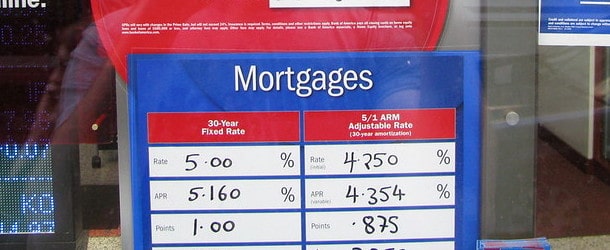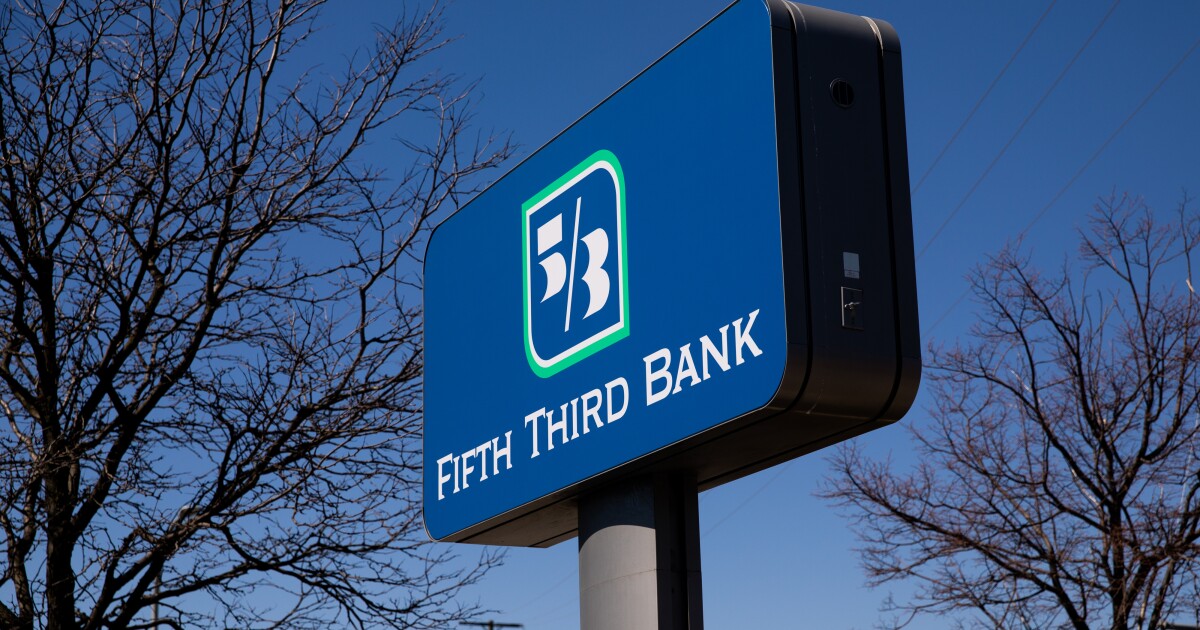This post is part of a series sponsored by Old Republic Surety.
Your contractor clients today have more opportunities to work on higher-value projects in both the public and private sectors. According to an industry outlook report by the Associated General Contractors of America, in 2024, contractors expect demand for construction projects in 14 out of the 17 construction categories surveyed to increase in 2024. Some of the sectors with the largest expected growth include sewer and water, highway and bridge, federal projects, power projects and healthcare facilities.
This is an ideal time for you and your contractor clients to discuss actions and strategies that can help them qualify for increased bonding capacity.
Many smaller or newer-in-business contractors obtain bonds on smaller sized projects through abbreviated underwriting programs such as Old Republic Surety Company’s FastBond program to get the needed bonds for those contracts. FastBond streamlines the underwriting process, is primarily credit-based, and doesn’t require the extent of financial and other underwriting information needed to qualify for a standard bond program for larger contracts.
Reasons to upgrade a contractor’s bonding capacity
Let’s look at why your contractor clients should consider moving from a FastBond-type program to a standard contract bond program and how they can do so.
- The contractor wants to grow and increase profits Converting to a standard bond program opens up opportunities for larger and more diverse contracts. Competition is limited on many larger contracts, helping to raise the possibility of increased profits.
- The cost of the bond itself. FastBond programs are designed for a contractor that has occasional bond needs, and FastBonds are typically charged higher rates. Old Republic Surety writes FastBonds that can go as high as $2 million aggregate, generally at a $20 to $30/thousand rate. Standard program rates are lower, enabling the contractor to tender more competitive bids and possibly earn better margins on their work.
5 steps to transition from a FastBond program to a standard program
Standard bond programs require more sophisticated financial information and cost systems. Contractors can increase their bonding capacity with a standard bond program by following these five steps:
- Form a partnership with your key financial advisors. These include a professional surety agent, a construction-oriented CPA, a bank that understands construction lending and, of course, your surety underwriter.
- Increase the quality of your financial statement presentation. CPA-prepared financials add credibility to the information you provide. A CPA, preferably a construction-oriented CPA, understands the importance of strong internal cost systems and can provide the percentage-of-completion format preferred by sureties. CPAs will assist you in presenting your financial profile in the best possible light. Additional profits earned and money saved by converting to a standard surety program should more than pay for the additional costs of professional CPA services.
- Grow working capital and corporate net worth. Make the commitment to build up your balance sheet to support your desired program by forgoing large bonuses or unnecessary equipment purchases. Once the balance sheet supports your program, surplus capital can be withdrawn as desired. This shows that you are willing to do what it takes now to make your company successful in the long term.
- Show proof of internal controls. Robust systems that track job costs, manage the collection of receivables, provide for the prompt payment of bills when due, minimize surplus inventory, and enhance employee performance are all important to the success of your company. The following best practices will contribute to improved bottom-line profitability:
- Unannounced job site inspections
- The use of approved contract forms
- Proper documentation of change orders
- Proof of insurance for all subcontractors
- Protection of assets such as equipment and materials
- Written safety policies to minimize job site hazards
- Incentives that reward employees for bottom-line profit
- Provide information about the job to be performed. The more detailed information you can provide the surety regarding the job you want to bid and how your experience and capabilities qualify you to successfully perform it, the more confident the surety will be in providing the bond. Additionally, your willingness to fulfill underwriting requirements will greatly improve your chance of obtaining increased surety support.
Old Republic Surety Company prides itself on taking a consultative approach with contractors that are willing to follow the needed steps to increase their bonding capacity. We can provide you with the advice you need to take your bonding program to the next level. Contact your bond agent for more information, or contact us so we can connect you with the best bond producers in the business.
Topics
Contractors
Was this article valuable?
Here are more articles you may enjoy.
Interested in Contractors?
Get automatic alerts for this topic.
Publisher: Source link











